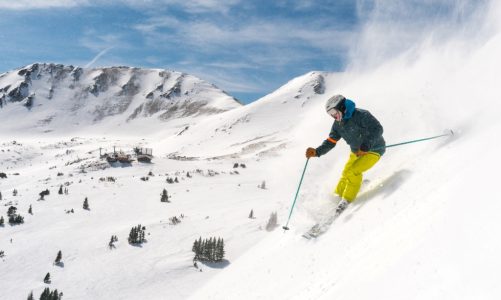Finding the goods in an endless winter
Let’s get right to it–for core skiers, most travel blogs and tourism guides won’t give you all the nitty gritty details you want and need before skiing in New Zealand. Sure, you can get information on the towns to check out and find trail maps. But, what about the vibes? Which ski areas will have long lift lines, and where will deliver fresh snow after weeks of sunny spells? Where is the best apres scene, or where are things a little quieter?
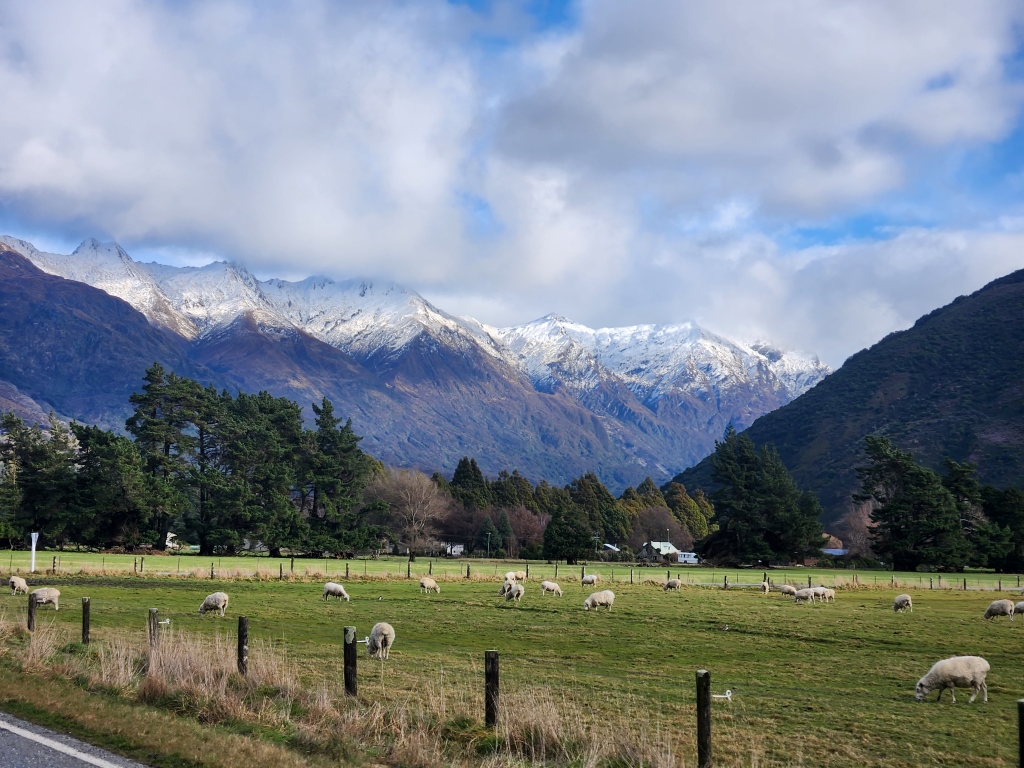
I’ve been traveling down here for several weeks, enjoying a reprieve from the summer heat back home and exploring winter in a new hemisphere for the first time. There’s a lifetime of skiing on these two islands, and I’m certainly no expert after just a month. But there’s so much to offer skiers looking to travel and ski simultaneously, I thought I would share some of my humble insights and tips for skiing in New Zealand.
A quick note: this guide is mostly focused on the south island. There are rad ski fields on the north island at Mt Ruphehu, but you’ll have more options for a ski trip on the south island. If traveling on both, Mt Ruphehu is more than worth a visit.
New Zealand Ski Resorts
There are about five “big” ski resorts on the south island. The Remarkables (also known as the Remarks) and Coronet Peak are both just outside of adventure hub Queenstown. Cardorna and Treble Cone sit closer to Wanaka, just a 45-minute drive from Queenstown, which hosts a fairly large airport you can connect to. TC and Cardrona are partner resorts, so they offer lift ticket packages and a season pass that work together. Remarks, Coronet Peak, and Mt Hutt (which is several hours away from this skiing hub, but just 90 minutes from Christchurch) are partner mountains. These three mountains are also partnered with Ikon and offer five days per season pass between all three. Here are some details on the big five.
The Remarkables
Of the three operated by NZ Ski, the Remarks is dubbed the “freeride mountain”. And with good reason. The terrain is pretty remarkable. A quick hike from the top of Shadow Basin lift brings you to a ridge with chutes that feel Taos-esque and offer good, shady aspect, snow conditions. The ski down brings you to the Alta Lake and a gorgeous cirque with other big lines that are out-of-bounds terrain, but certainly skied. Hike the Curvey Headwall at the top of Curvey Basin for quick-hike-big-reward powder stashes. Remarks also offers large park terrain, aptly named Remarks Parks. This all adds to the freeride and freestyle vibe at the mountain.
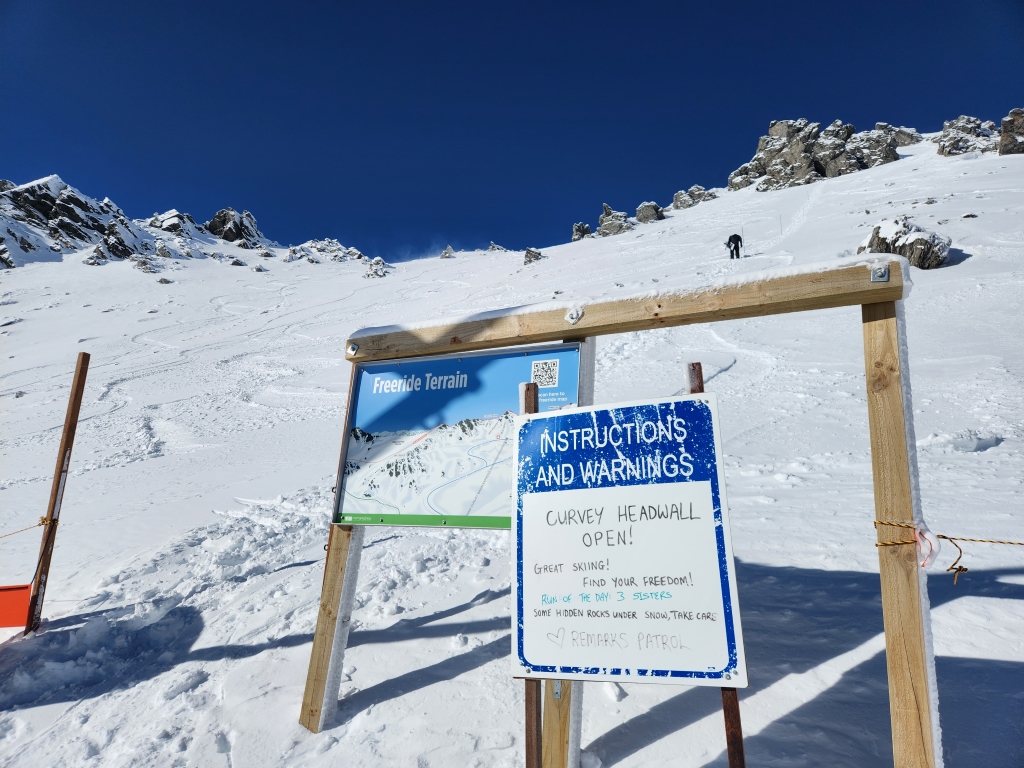
I will say, Remarks (and Coronet) felt by far the most commercial. At the beginning of this low snow year, Remarks benefited from better coverage and more terrain open earlier, so perhaps that added to longer lift lines. But chatting with locals, it sounds like these lines aren’t abnormal in peak season. In Colorado-speak, think Vail or Copper. That doesn’t mean they don’t have incredible terrain (they do). Just expect more tourists (myself included). Queenstown does offer the best apres scene, with a huge nightlife and plenty of bars that offer apres happy hours. Expect short hours of sleep.
Coronet Peak
Lower elevation than the Remarkables, but still just a short drive from Queenstown, Coronet Peak offers less expert terrain and wide open expanses of moderate pitches. I thought the terrain at Coronet was very cool and unique–all of these mini-saddles and ridges that let you link up different lines (and go powder hunting).
Coronet’s claim to fame is the epic night ski scene. On Wednesday and Friday, the resort re-grooms the slopes at 4 pm and stays open until 9 pm. They provide epic lighting. You’re not just restricted to a couple of trails, there are advanced bump runs all lit up through the night. Skiing bumps at night is the best way to get better at bumps, let me tell you.
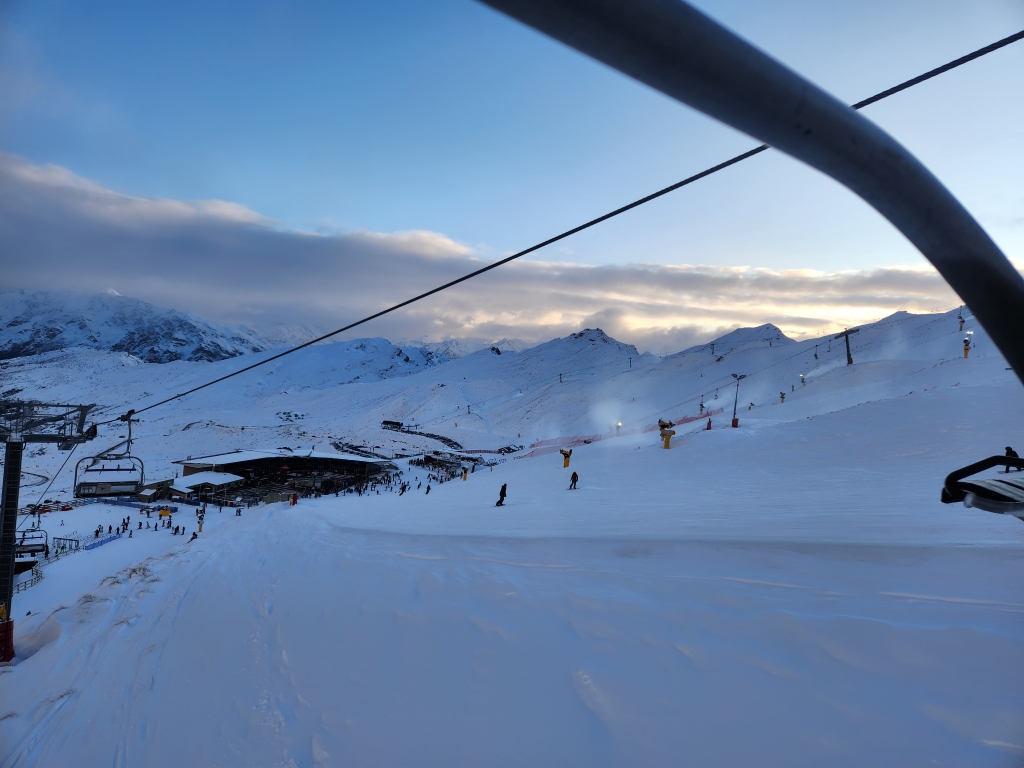
Cardorna
Cardorna sits on the mountainous Crown Range Road between Queenstown and Treble Cone. This ski area features a ton of terrain, and plenty of lifts and is known for its huge, well-maintained parks. A Queenstown local I met on my way down from Wellington told me this was by far her favorite mountain to ride, so that says it all.
Their terrain breakdown by skill level is maybe the most even I’ve ever seen, so there’s truly something for everyone. Cardorna hosts probably the most expansive lift scene I saw, with several quad chairs and a six-seater/gondola combo main lift at the base.
Mt Hutt
Separated from their partner resorts, Mt Hutt is high in the mountains and subject to good storms, but also intense weather that earns the nickname “Mt Shut” for their oft closures. But when it is open, it’s quite a treat. It doesn’t feel quite as commercial as its Queenstown partners and offers a good variety of terrain for beginners to experts alike. Skiing the triple chair offers a good thigh-burning run with plenty of vert. There’s a lot to explore, and the mountain offers some of my favorite views of the trip.
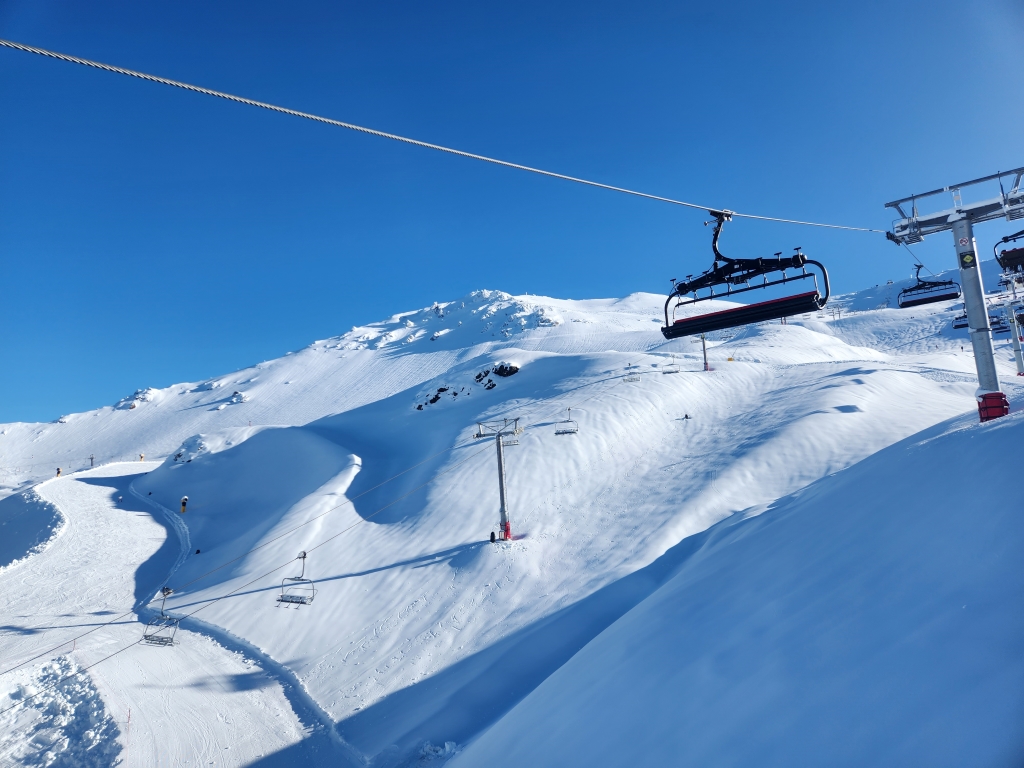
If planning a big trip to the mountain, the closest town Mt Hutt is Methven, which is a nice little town with plenty of restaurants and accommodation. It’s certainly cheaper and quieter than Queenstown, but less other adventure-themed activities to do. I wouldn’t organize a several week stay around Methven but thoroughly enjoyed my stay there, and the epic Big Al’s ski shop.
Treble Cone
TC is Wanaka’s local mountain, just 30 minutes or so outside of town. I didn’t get a ton of days in here, but this was my favorite of the five. Far less commercial than the NZ Ski resorts, with good food, and local vibes. Families were out on the picnic tables with their brown bag lunches, catching up and taking turns on laps with their kiddos. You get some of the biggest vertical on the island, with plenty of off-piste terrain ranging from moderate open bowls to steep chutes. TC felt like my own and Powder7’s beloved Loveland Ski Area. I felt at home there, both in atmosphere and terrain.
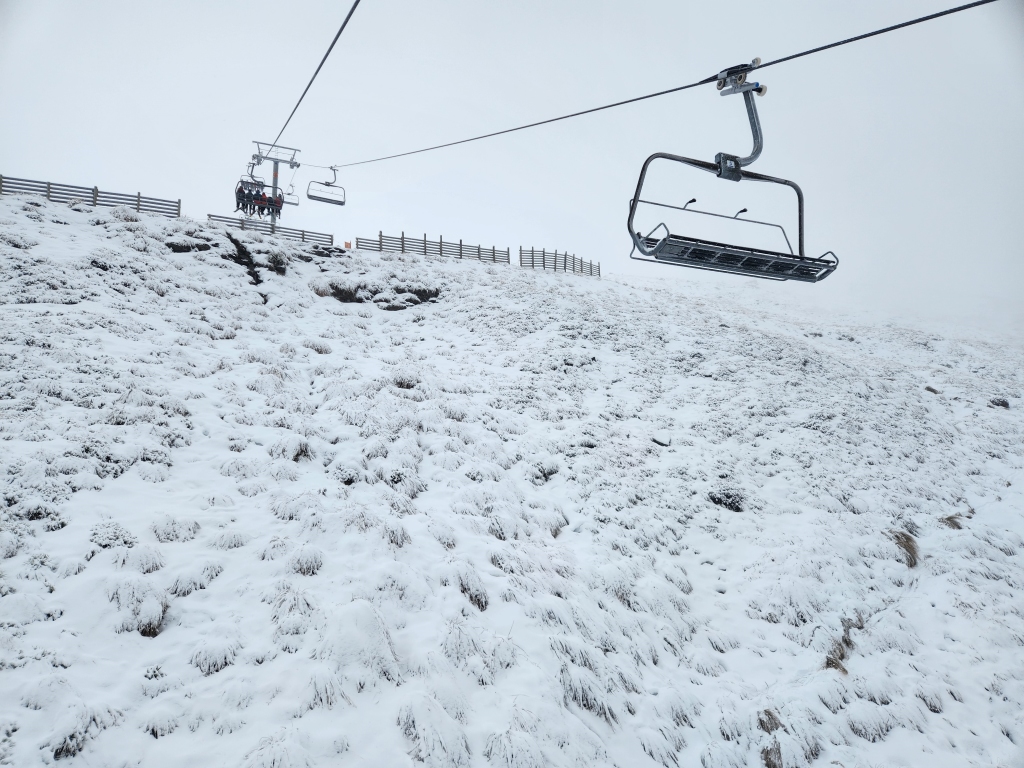
Wanaka offers a more laid back vibe than Queenstown. Less tourists, more chilling, and felt more like a real place. You won’t find the same nightlife as Queenstown, so if you’re early to bed and early to rise, Wanaka might be the place for you.
Ski the Clubbies
But those are just the larger ski resorts. There are several smaller “club fields“. These ski areas are smaller, locally run and owned, and live and breathe ski culture. Think, t-bars, rope tows, and two-chairs with limited grooming. The lodges are basic, with coffee and pies. Not gourmet pizzas or hamburgers. No New Zealand ski trip is complete without a trip to one, if not basing your trip around visiting as many as you can. You’ll find quite a few closer to the Christchurch area. What you gain in authenticity, you lose in convenience. Less plush lodges and cafes, and getting there is trickier. More on that in the getting around section below.
Aside from the designated “clubbies”, there are several other small ski fields in the Lake Tekapo area (between Canterbury and Queenstown). Mt. Dobson, Roundhill, and Ohau all fall into this category. They’re a little less hardcore than the clubbies, with a groomed run or two and a handful of chairlifts. You’ll still find the minimal amenities and uncrowded slopes.
As an Ikon pass holder, I opted to stay in Queenstown to maximize ski time at the resorts I had “free” days at. But my few days at the smaller ski fields made me wish I had focused more of my trip around traveling to those. I just would have needed a different car, or maybe a longer itinerary. If you’ll be spending more time cruising the ski fields or will be limited in how much skiing you’ll do, consider Christchurch.
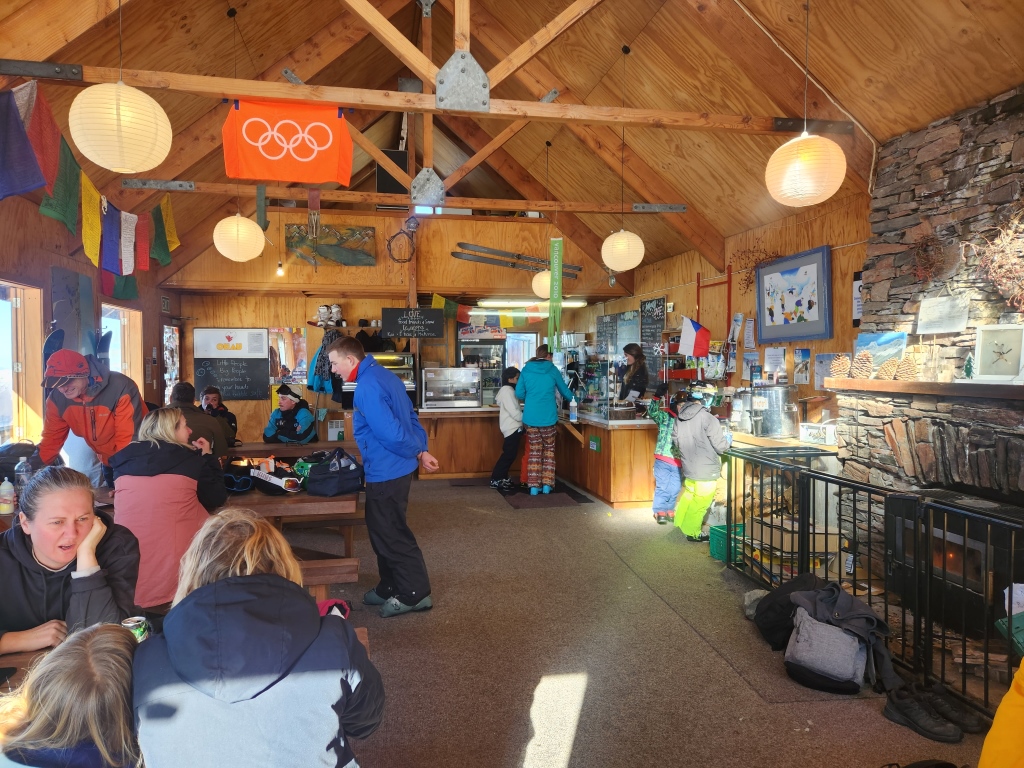
What skis should I bring to go skiing in New Zealand?
If you’re there for an extended amount of time, it might be worth it to bring a narrower, firm snow focused ski and a wider, soft snow focused ski. I brought my stiffer, big-mountain oriented 108s and playful 98s. To be honest, I would have preferred a different narrow ski for the icy mornings (just something stiffer, but not necessarily narrower). Most of my time was spent on my 108s any time fresh snow came out (even on the 1cm days), as I do back home.
The snow conditions are a bit fickle. You get everything from fresh fluffy powder, wet “hot pow”, icy trails in the morning, slush fests by the afternoon, and wind-affected lines that are simultaneously deep and completely scoured. I leveled up my ski game by at least three gnar points by navigating these conditions. I loved it.

I never skied more than knee-deep snow, so for me, the mid-100mm was perfect for navigating what deep snow I found, without being so wide I couldn’t take quick turns to find a route through wind-scoured or icy patches.
I saw most locals skiing on something in the mid to upper 90s, which made sense to me for versatility. Quick enough to get over on edge during the crusty mornings, but without limiting you when the snow gets softer and deeper. If you’re just bringing one ski, or looking to rent, I would focus on that waist width and class. Without any tree skiing, and Mary Jane sized hay bales for bumps, I was happy with my relatively long lengths for stability on firm snow.
Getting around
Let’s talk about how to get to the ski hills. From what I can tell, it’s probably best to have a car if you’re going to be skiing in New Zealand. Aside from the mountains outside of Queenstown and Wanaka, the ski areas are spread far and wide. Not to mention, the storms hit the ski areas differently. If you want to chase powder, being able to take off for a three to five hour drive is handy.
Now, I drive high alpine roads in Colorado mid-winter every year. I’m relatively capable behind the wheel, but New Zealand roads are a different beast. Often unsealed (gravel), steep, winding, with massive drop-offs on one side. I was shocked at the lack of guard rails. But it’s all a part of the fun, hey? You’ll be expected to carry chains most days, if not putting chains on.
I chose to rent a small camper van from the many camper van rental companies. It’s a great way to save on accommodation and keep your travel options open. They range from mini-solo conversions to proper motorhomes depending on what you’re looking for.
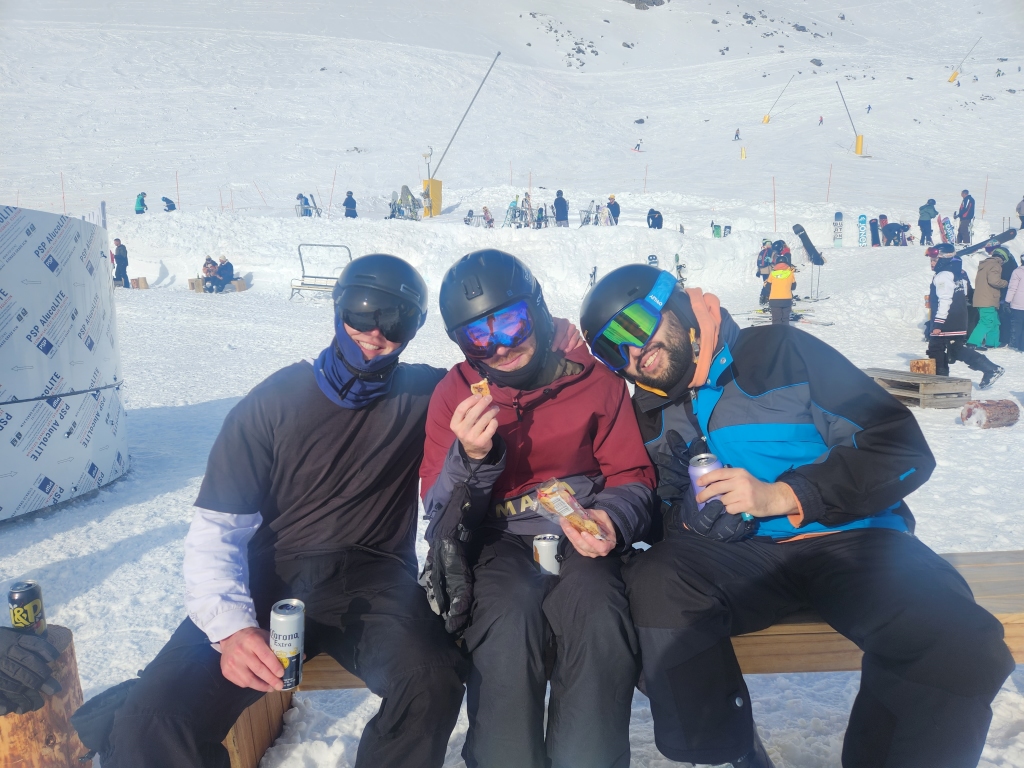
Public Tranport
There’s bus transport at the major hills, but comes at a price and they require some planning ahead. In Queenstown, the Remarkables and Coronet Peak offer a ski bus service that is easily booked ahead of time on their website. These bus seats are highly sought after for mid-season, so book well in advance. It’s easy enough to reschedule and folks move their seats around often, so you’re not completely committed. The bus ticket links up to your lift pass, and you’ll be scanned when you board. There’s bus transport to Cardona from both Wanaka and Queenstown, and Treble Cone (maybe the sketchiest road of the main resorts) offers a free shuttle from the base park and ride.
The smaller ski fields are harder to get to. Farther away from major ski towns or cities, their roads are even less well-traveled and off the beaten path. Most of them don’t offer any shuttle, free or paid, to the base. There’s a reason after all they’re a little quieter than the other resorts.
Perhaps it was feeling tentative behind a rental car, but I felt dodgy on those roads. I felt more than happy to pay for bus transport. Not to mention, with gas prices and the steep, long nature of the roads (and peace of mind), I think the price works itself out. Don’t be the tourist who blocks the road on a powder day.
Of course, hitchhiking is an option, and fairly popular at the bottom car parks of the resorts. You’ll find Kiwis are friendlier to picking up stragglers than most.
A note on heli skiing in New Zealand
I didn’t hop in the heli this time around (I ran out of time and was poor at planning) but I think it’s likely worth it. If you’re from the States, our dollar is quite strong, making heli-skiing look more like cat skiing. There are several outfitters, both in Queenstown, Methven and in the Mt Cook area. The iffy weather makes for plenty of no-fly days, so staying somewhere where there are other things to do could be a good move.
Lastly, don’t go for the skiing
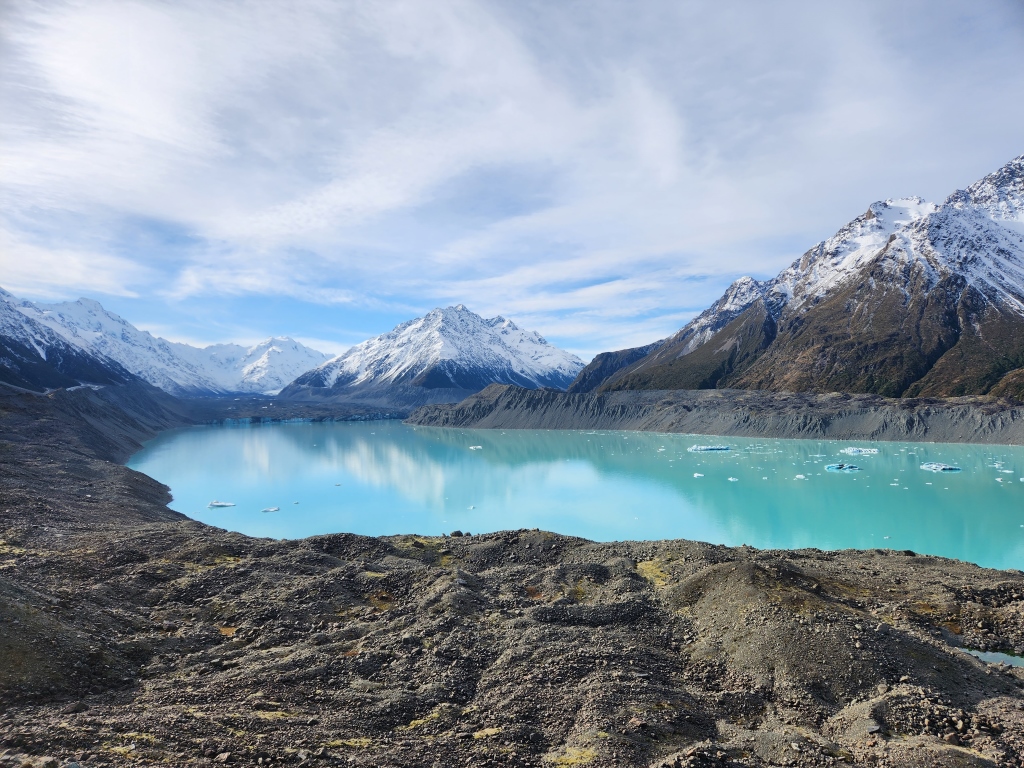
New Zealand tourism might banish me for this, but hear me out. NZ is too beautiful and diverse a place to spend all your time skiing. I wound up skiing far less than I anticipated, simply because I found so much else to do. Between incredible hikes, hot springs, great bike trails, wildlife, and beach chilling, New Zealand is much less a ski destination as it is a life-changing travel destination. Skiing in New Zealand is an experience, and bring skis, but bring bike shoes, hikers, and swimsuits, too. I froth for all-day, back-to-back ski trips just as much as the next ski bum. But, with a place like this, it would be a shame to miss out on the rest of the goods.



